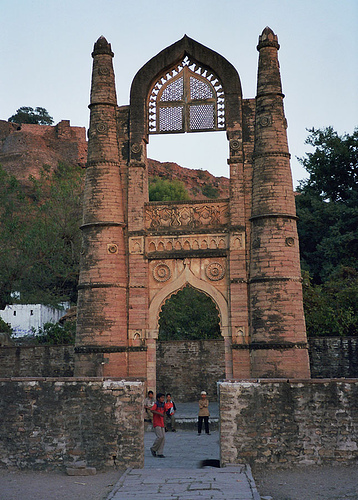Kushk Mahal
According to historical records, Koshak Mahal was ordered to be built by Mahmud Khilji of Malwa when he passed through Chanderi in 1445 AD. The original plan of the Khilji ruler was to construct a seven-storey palace though only two could be completed during his lifetime. The Mahal is divided into four equal parts and has architecture similar to Mandu.


